👍 Activation Functions
Activation functions should be
- non-linear
- differentiable (since training with Backpropagation)
Q: Why can’t the mapping between layers be linear?
A: Compositions of linear functions is still linear, whole network collapses to regression.
Sigmoid
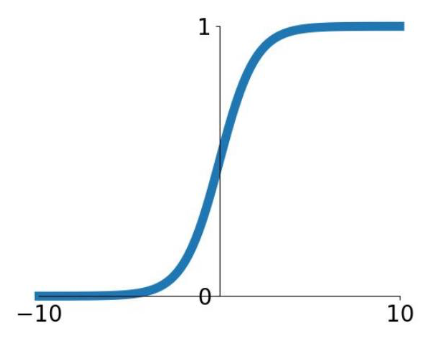
Squashes numbers to range
✅ Historically popular since they have nice interpretation as a saturating “firing rate” of a neuron
⛔️ Problems
- Vanishing gradients: functions gradient at either tail of or is almost zero
- Sigmoid outputs are not zero-centered (important for initialization)
- is a bit compute expensive
Derivative
Python implementation
def sigmoid(x): return 1 / (1 + np.exp(-x))Derivative
def dsigmoid(y): return y * (1 - y)
Tanh
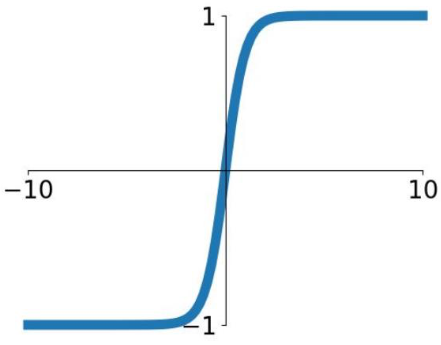
Squashes numbers to range
✅ zero centered (nice) 👏
⛔️ Vanishing gradients: still kills gradients when saturated
Derivative:
def dtanh(y): return 1 - y * y
Rectified Linear Unit (ReLU)
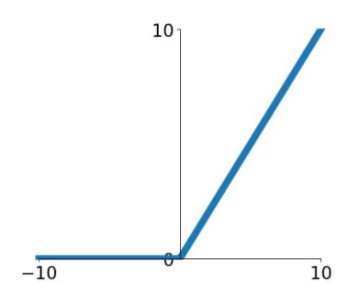
✅ Advantages
- Does not saturate (in )
- Very computationally efficient
- Converges much faster than sigmoid/tanh in practice
⛔️ Problems
- Not zero-centred output
- No gradient for (dying ReLU)
Python implementation
import numpy as np def ReLU(x): return np.maximum(0, x)
Leaky ReLU
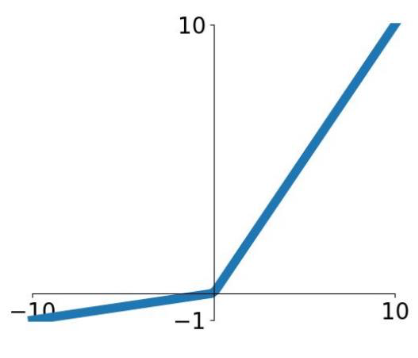
Parametric Rectifier (PReLu)
- Also learn
✅ Advantages
- Does not saturate
- Computationally efficient
- Converges much faster than sigmoid/tanh in practice!
- will not “die”
Python implementation
import numpy as np def ReLU(x): return np.maximum(0.1 * x, x)
Exponential Linear Units (ELU)
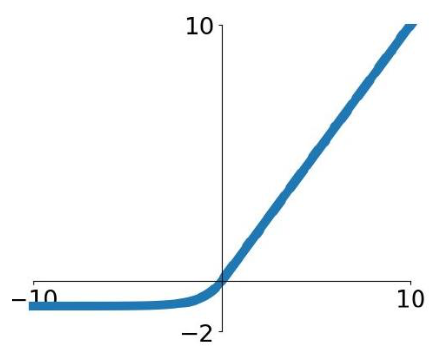
- ✅ Advantages
- All benefits of ReLU
- Closer to zero mean outputs
- Negative saturation regime compared with Leaky ReLU (adds some robustness to noise)
- ⛔️ Problems
- Computation requires
Maxout
- Generalizes ReLU and Leaky ReLU
- ReLU is Maxout with and
- ✅ Fixes the dying ReLU problem
- ⛔️ Doubles the number of parameters
Softmax
- Softmax: probability that feature belongs to class
- Derivative:
Advice in Practice
- Use ReLU
- Be careful with your learning rates / initialization
- Try out Leaky ReLU / ELU / Maxout
- Try out tanh but don’t expect much
- Don’t use sigmoid